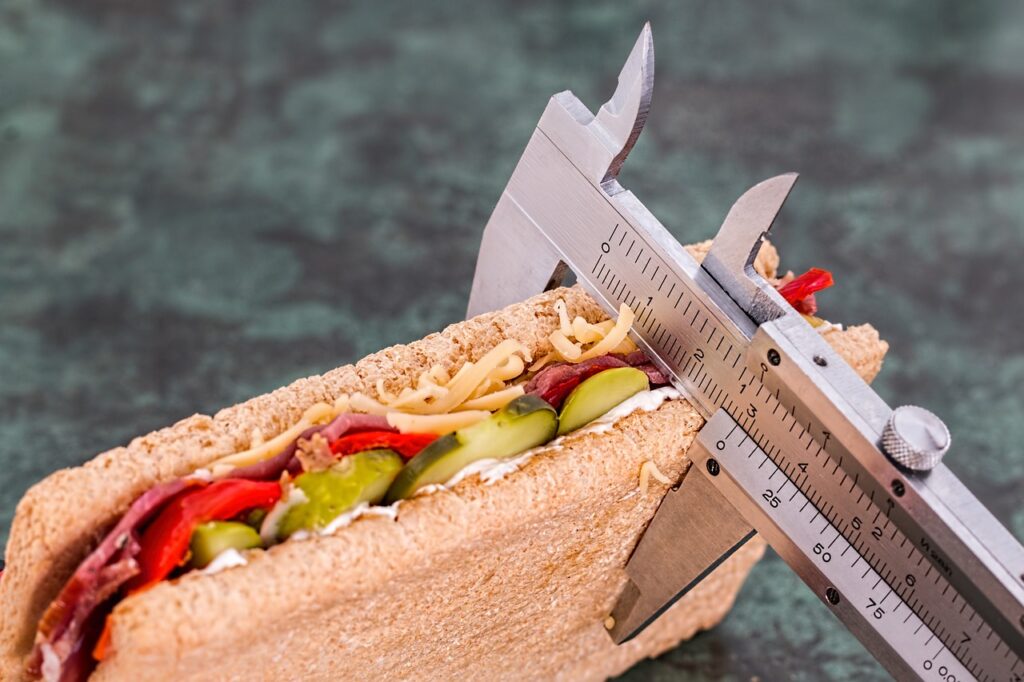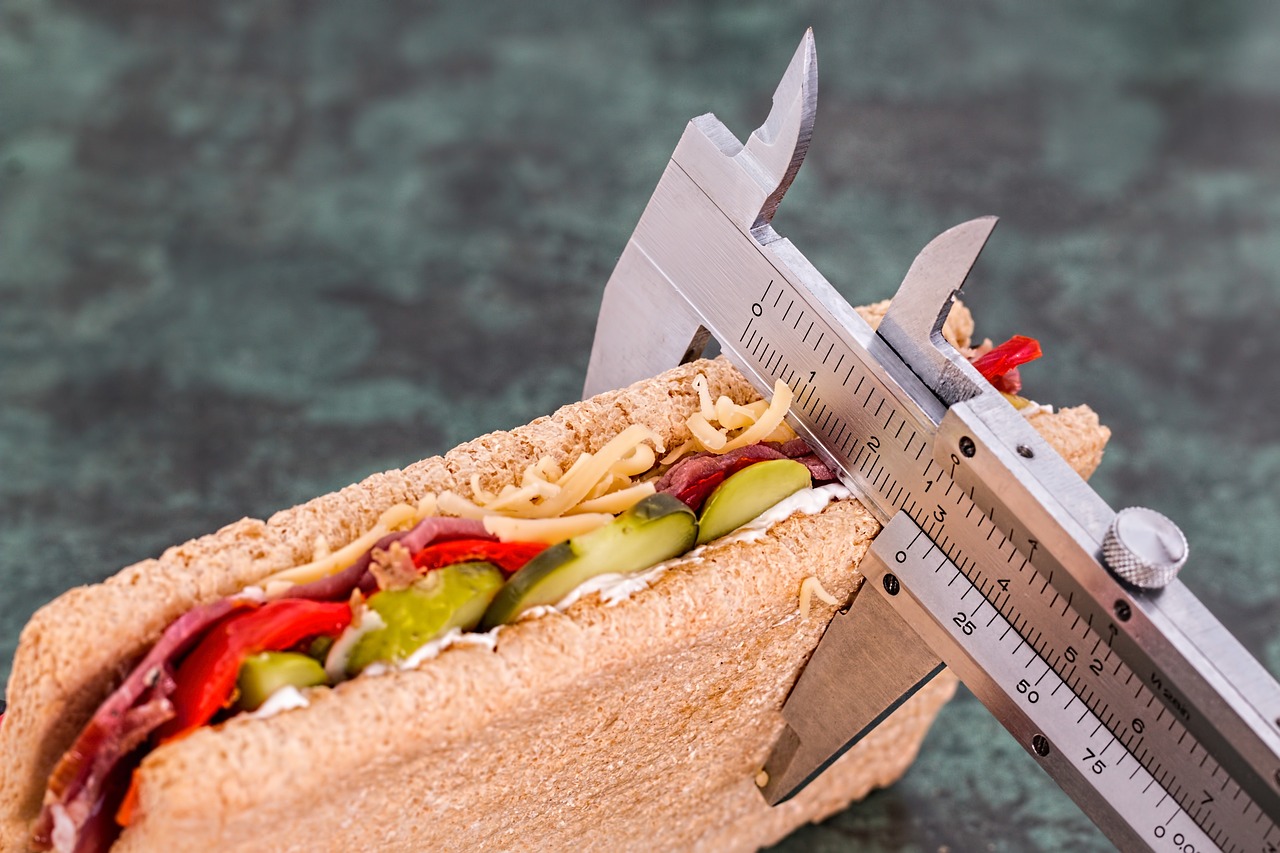In today’s fast-changing world, many people seek effective and quick ways to lose weight. Whether you have an upcoming event or want to jumpstart a healthier lifestyle, shedding pounds quickly can be an appealing goal. However, it’s important to lose weight safely and sustainably to ensure lasting results. This article will explore the fastest way to lose weight and fat through a combination of proven strategies.

Understanding the Basics of Weight Loss
Before diving into specific strategies, it’s crucial to understand the fundamental principle of weight loss: **caloric deficit**. This always occurs when you consume fewer calories than your body burns, leading to fat loss. The rate at which you lose weight depends on the size of your caloric deficit, your metabolism, and other individual factors such as age, gender, and activity level.
1. Create a Caloric Deficit
To lose weight you need to create a caloric deficit. This must be achieved by reducing your caloric intake, increasing your physical activity, or a combination of both. A deficit of five hundred to one thousand calories per day can lead to a safe and viable weight loss of about one to two pounds per week. However, for faster results, some individuals may choose to create a larger deficit, but this should be done cautiously to avoid potential health risks.
2. Prioritize Protein Intake
**Protein** is a crucial macronutrient for weight loss. It not only helps maintain and build muscle mass but also promotes satiety, helping you feel full longer. A high-protein diet can reduce cravings and prevent overeating. This aims to include lean sources of protein in every meal, such as chicken, turkey, fish, eggs, and plant-based options like beans and tofu. Protein also has a higher thermic effect compared to fats and carbs, meaning your body burns more calories digesting protein.
3. Limit Carbohydrates, Especially Refined Carbs
Carbohydrates, particularly refined carbs like white bread, pastries, and sugary snacks, can lead to rapid increase in blood sugar levels, followed by crashes that trigger hunger and cravings. By reducing your intake of refined carbs, you can stabilize blood sugar levels and reduce calorie consumption. Low-carb diets like the ketogenic diet can lead to quick weight loss, particularly in the initial stages, as your body sheds water weight. Instead, focus on consuming complex carbs from whole grains, fruits and vegetables.
4. Incorporate Intermittent Fasting
**Intermittent fasting (IF)** is a famous eating form that involves cycling between periods of eating and fasting. One common method is the 16/8 approach, where you fast for sixteen hours and eat all your meals within a window of 8 hours. This strategy can help reduce overall calorie intake without requiring you to count calories meticulously. IF also allows your body to tap into fat stores for energy during the fasting period, promoting fat loss.
5. Engage in High-Intensity Interval Training (HIIT)
When it comes to burning fat quickly, **High-Intensity Interval Training (HIIT)** is one of the most effective forms of exercise. HIIT intangled short bursts of intense activity followed by brief periods of rest or lower-intensity exercise. In this method a significant amount of calories burns in a short time and also it keeps your heart rate uplifted. , High-Intensity Interval Training has been shown to boost metabolism and promote fat loss even after the workout is over, thanks to the “after burn effect”.
6. Strength Training for Muscle Maintenance and Fat Loss
While cardio is great for burning calories, **strength training** is essential for preserving muscle mass during weight loss. Your muscle tissue burns more calories at rest than fat tissue, so if you have more muscle, than higher your resting metabolic rate. Incorporate weight lifting, bodyweight exercises, or resistance training at least 2-3 times a week to build and maintain muscle. This will not only help with fat loss but also improve overall body composition, giving you a leaner appearance.
7. Stay Hydrated and Drink Water Before Meals
**Staying hydrated** is often overlooked in weight loss strategies, but it plays a crucial role. To reduce calorie intake you need to Drink water before meals this can also help you feel fuller. Additionally, your body sometimes can mistake thirst for hunger, leading to unnecessary snacking. kickstart your metabolism, start your day with a glass of water, and aim to drink daily at least nine to ten glasses of water.
8. Get Enough Sleep and Manage Stress
**Sleep and stress management** These are critical and often underestimated components of weight loss. Shortrage of sleep can regulate hunger due to disruption of hormones that leading to increased overeating and cravings. Aim for eight hours of quality sleep per night. Additionally, chronic stress can elevate cortisol levels, which may promote fat storage, particularly in the abdominal area. Practice stress-reducing activities such as meditation, deep breathing, or yoga to keep stress levels in check.
9. Avoid Sugary Drinks and Limit Alcohol
**Sugary drinks** like soda, fruit juices, and energy drinks are high in calories and low in nutritional value. These liquid calories do not satisfy hunger and can lead to excess calorie consumption. Similarly, alcohol is calorie-dense and can impair judgment, leading to poor food choices. Cutting out or significantly reducing these beverages can create a substantial calorie deficit and accelerate weight loss.

10. Practice Mindful Eating
**Mindful eating** This involves paying full attention to the experience of drinking and eating, both inside and outside the body. This practice can help you recognize true hunger and satiety signals, preventing overeating. Eating slowly and without distractions, like watching TV or using your phone, allows you to savor your food and recognize when you’re full. This approach can lead to a reduction in calorie intake and promote weight loss.
Conclusion: Achieving Fast Weight Loss Safely
Losing weight quickly is possible with the right combination of dietary changes, exercise, and lifestyle adjustments. However, it’s important to remember that rapid weight loss should be approached cautiously to avoid potential health risks and ensure long-term success. By creating a caloric deficit, prioritizing protein, limiting refined carbs, incorporating intermittent fasting, engaging in HIIT and strength training, staying hydrated, managing sleep and stress, avoiding sugary drinks, and practicing mindful eating, you can achieve your weight loss goals effectively.
For best results, consult with a healthcare provider or a registered dietitian before starting any weight loss program, especially if you have any underlying health conditions.
Sustainable weight loss is not just about the number on the scale but about adopting healthy habits that you can maintain for life.

